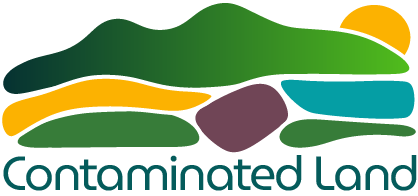Permeable Reactive Barriers (PRBs) are an in situ remediation technology used to treat contaminated groundwater by creating a reactive zone through which groundwater flows. The system is designed to either degrade, immobilise, or remove contaminants while allowing groundwater to continue flowing relatively unimpeded. There are various types of PRBs, such as Funnel and Gate™ systems, treatment walls, and simple in situ treatment zones. These barriers direct groundwater flow to the reactive media, where the treatment occurs, and can utilise biological, chemical, or physical processes to break down or trap contaminants.
The installation of a PRB typically involves creating a structure, like a treatment wall, that diverts the flow of groundwater through a designated treatment zone. This can be achieved using physical barriers such as sheet piling in Funnel and Gate™ systems or through simpler methods like an air sparge curtain. The reactive media used in these systems can include materials like zero-valent iron (ZVI) for chemical reduction or activated carbon for sorption. Biological methods, such as stimulating degradation or introducing oxygen to encourage bioremediation, are also employed, depending on the contaminants involved.
One of the key advantages of PRBs is that they can treat contaminants in locations where traditional remediation methods are challenging or impractical, such as when the source is diffuse or inaccessible. They also have a relatively small surface footprint and can be tailored to the specific aquifer environment, making them a flexible and cost-effective solution for groundwater remediation. However, PRBs have limitations, such as not addressing the contamination source itself, the potential exhaustion of reactive materials over time, and the need for ongoing monitoring and maintenance. There is also the risk that the treated water may have altered quality downstream, and the remediation process may take longer than the time required for groundwater to pass through the barrier.
PRBs are used to treat a wide range of contaminants, including volatile organic compounds (VOCs), chlorinated aliphatics, PAHs, and metals. The design and effectiveness of a PRB depend on the type of contamination, the groundwater flow, and the chosen reactive media. Although they offer a long-term solution for groundwater contamination, the success of a PRB depends on its ability to maintain consistent groundwater flow and the proper functioning of the reactive materials. Regulatory challenges may arise due to the long-term nature of PRBs, as they do not remove the contamination source but instead manage its effects over time. This requires effective monitoring and fallback strategies to ensure the system’s continued success.


